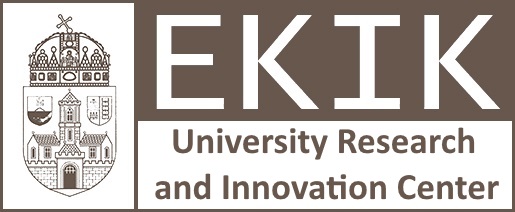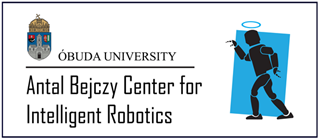Introducing the standardization bodies1
1 Adapted from ISO/TC 299 Strategic business plan N 066, 2017
Three bodies are responsible for the planning, development and adoption of International Standards: ISO (International Organization for Standardization) is responsible for all sectors excluding Electrotechnical, which is the responsibility of IEC (International Electrotechnical Committee), and most of the Telecommunications Technologies, which are largely the responsibility of ITU (International Telecommunication Union). ISO is a legal association, the members of which are the National Standards Bodies (NSBs) of some 164 countries (organizations representing social and economic interests at the international level), supported by a Central Secretariat based in Geneva, Switzerland. See the ISO Code of conduct N023 in Fig. 1. ISO/TC 299 Robotics has been set up to meet the growing needs for the robotics domain as it is no longer a technology only for the manufacturing industry, but robots can be found in many different applications throughout the entire society. The domain where robots are applied is continuously expanding and new markets and applications are steadily growing. A key issue in the domain of robotics is the fact that robots possess a degree of autonomy and coherent strategies for adopting autonomous features are urgently needed and which need to be developed with related disciplines. With the increasing usage of robots, the needs for standardized solutions has intensified. The focus of ISO/TC 299 is to identify and address these needs related to all robotics disciplines within the TC scope.
The scope of TC 299 reads: “Standardization in the field of robotics, excluding toys and military applications.” The robotic standardization is divided into six working groups:
- WG 1, Vocabulary and characteristics
- WG 2, Personal care robot safety
- WG 3, Industrial safety
- WG 4, Service robots
- JWG 5, Medical robot safety (joint with IEC/SC 62A and 62D)
- WG 6, Modularity for service robots
Robotics is a rapidly evolving and expanding area and many issues of boundary, gaps and overlaps have been identified. These are being explored both within ISO/TC 299 and with relevant stakeholders outside. A study group (SG1 Gaps and structure) has been created at the first ISO/TC 299 plenary to investigate gaps, overlaps and boundary issues and recommendations are awaited to determine future strategies to adopt.


